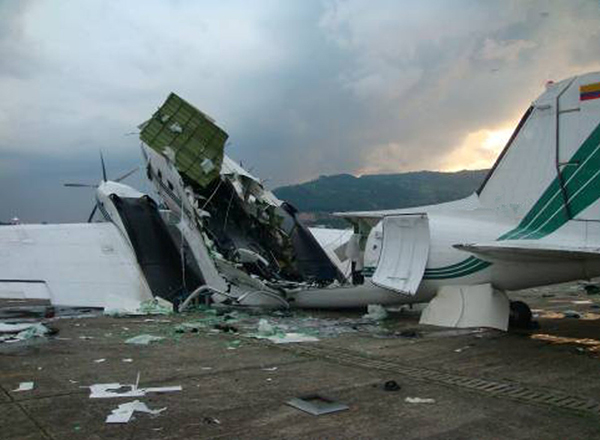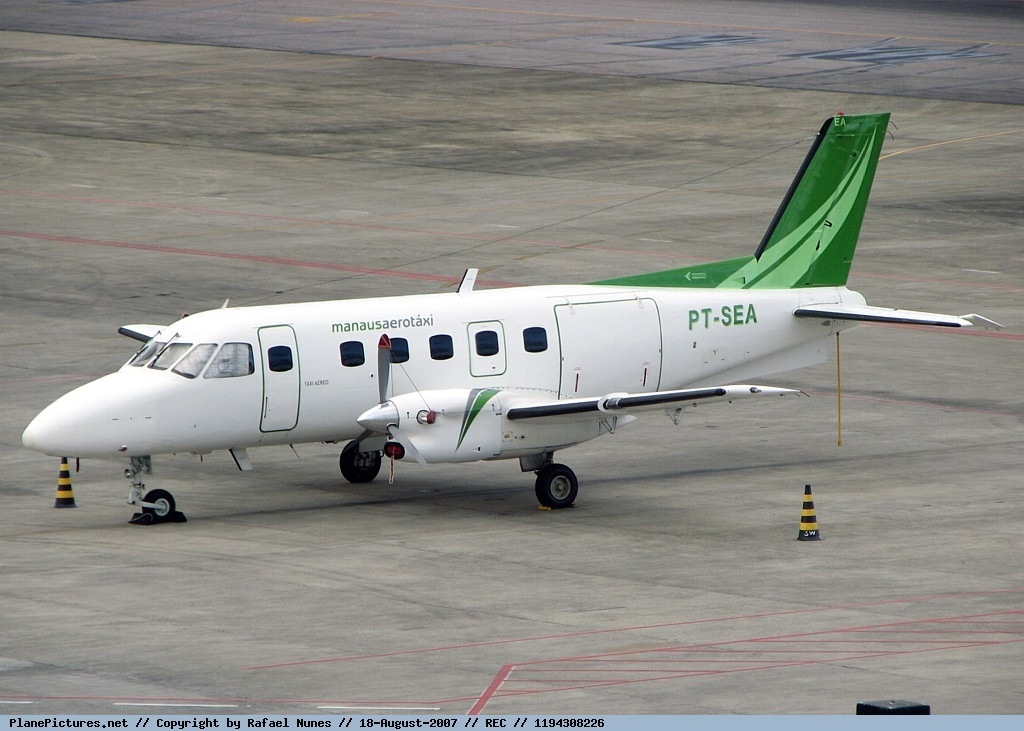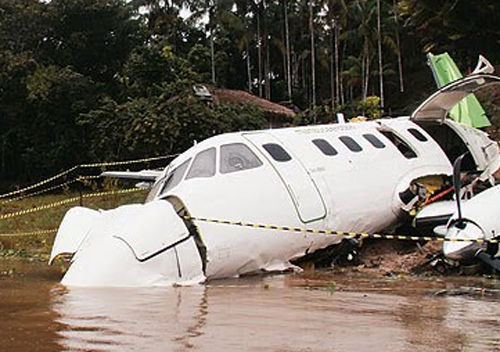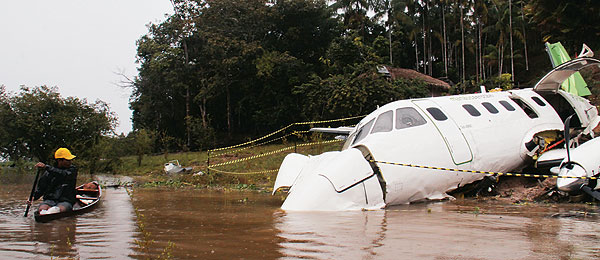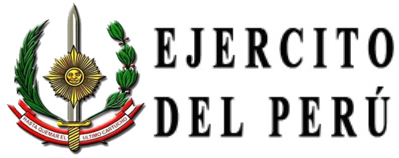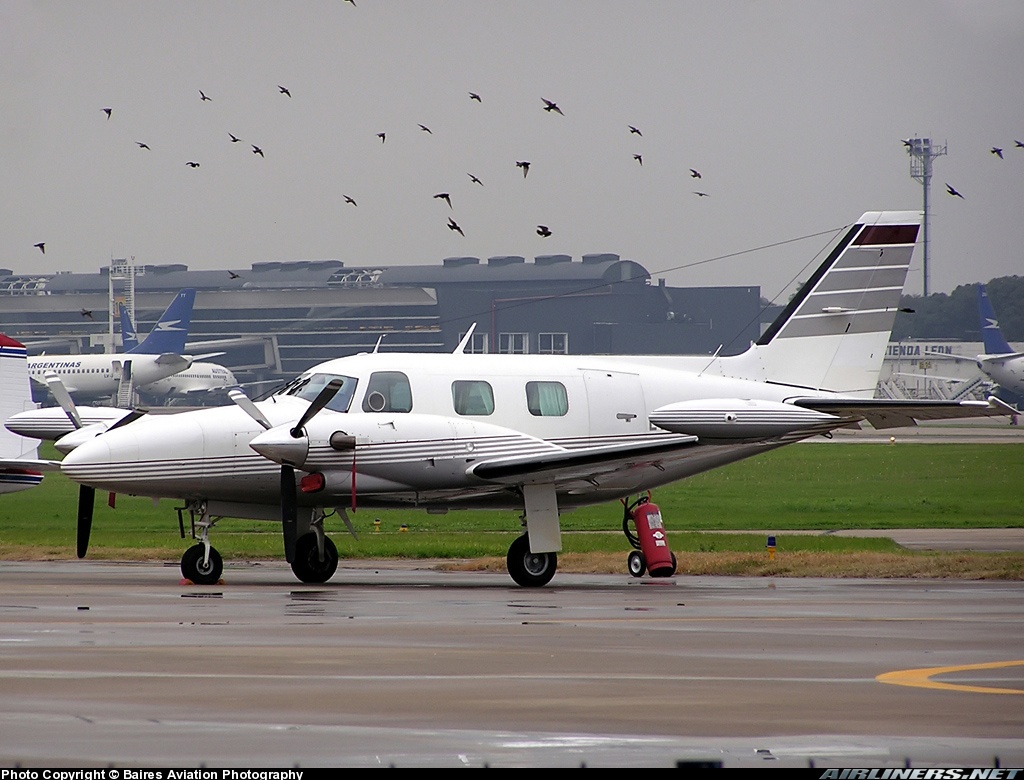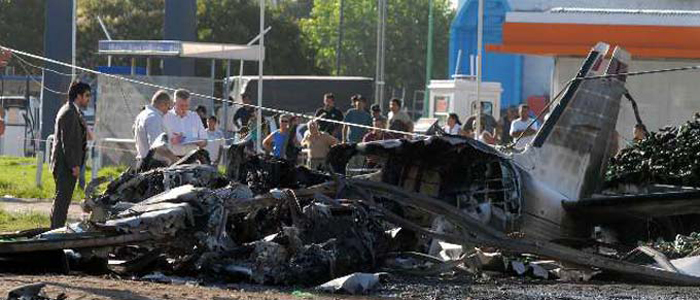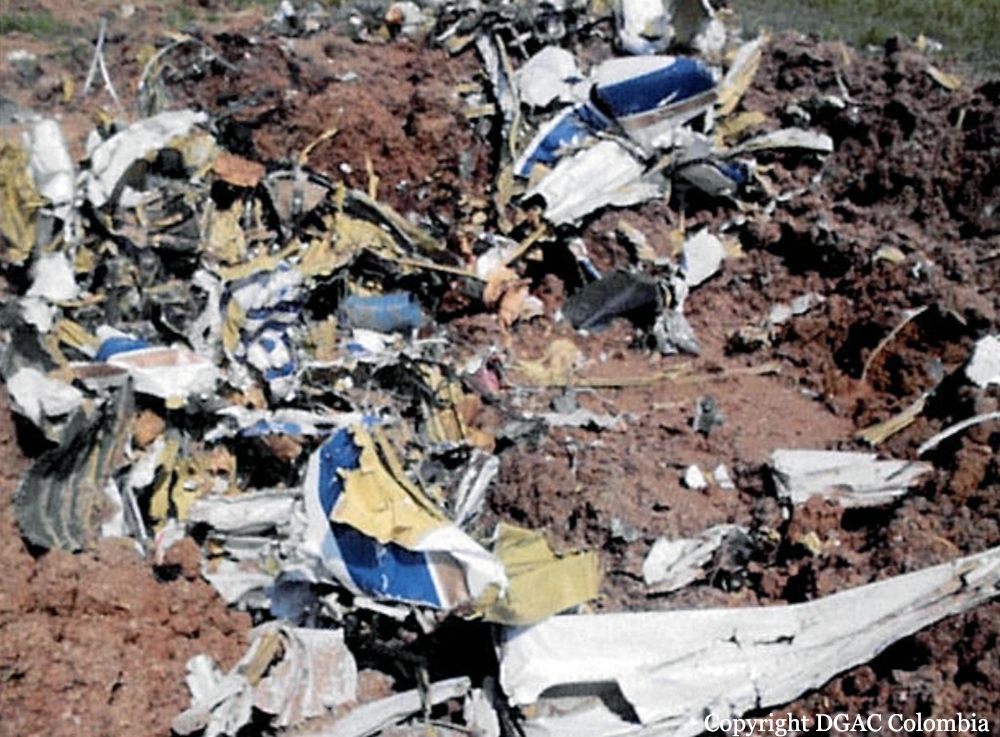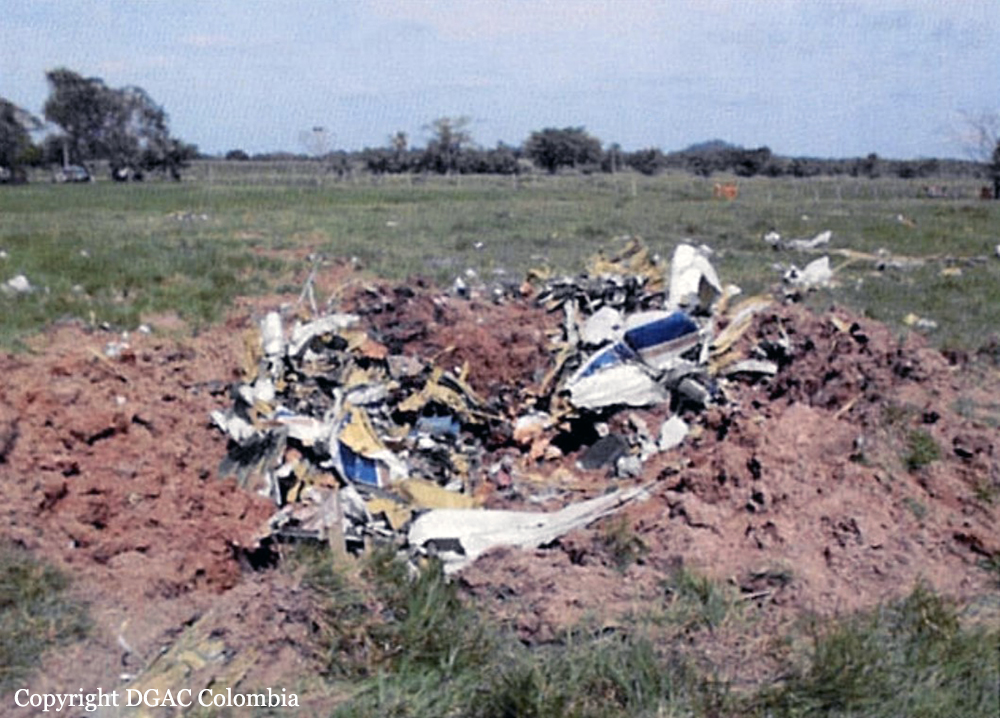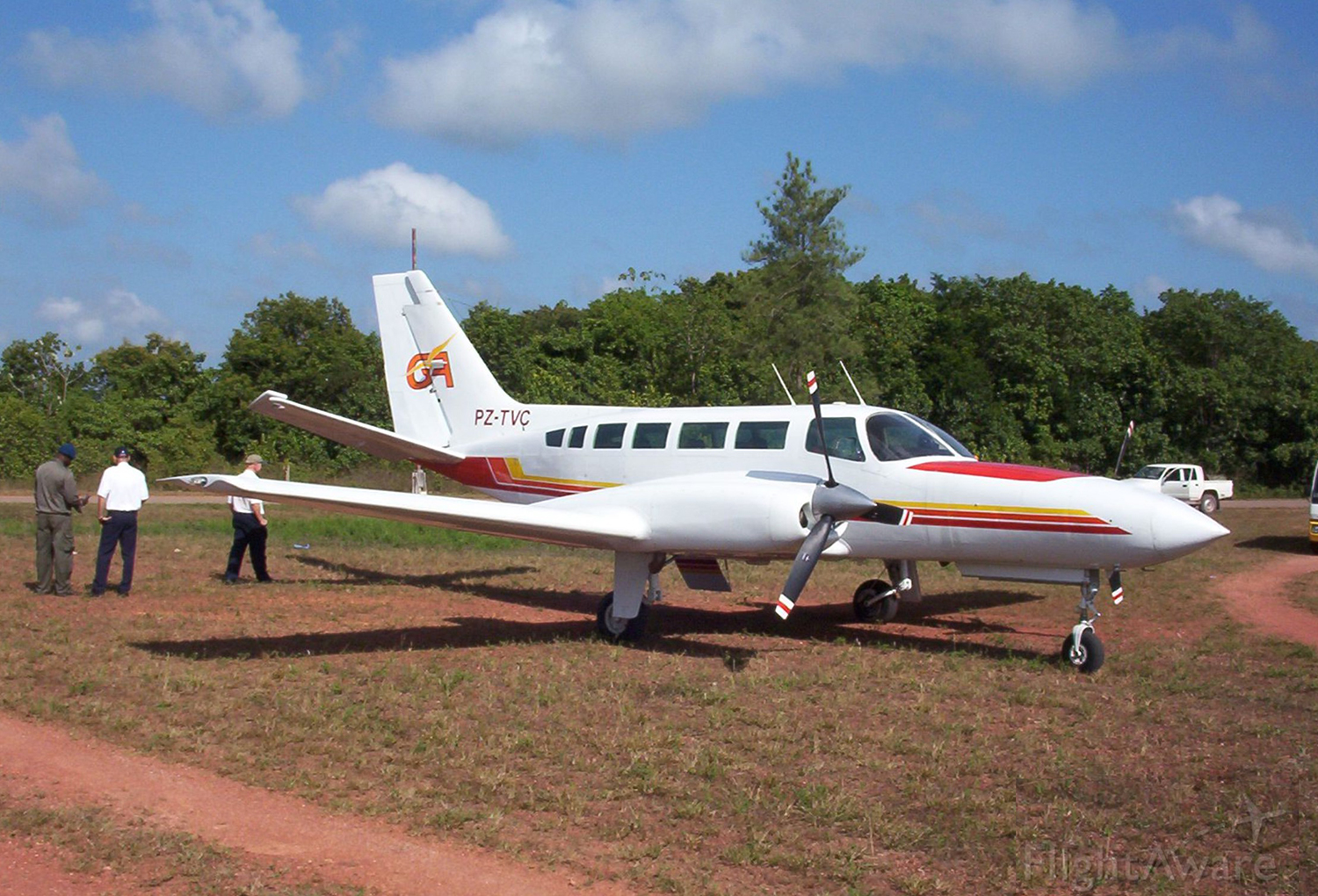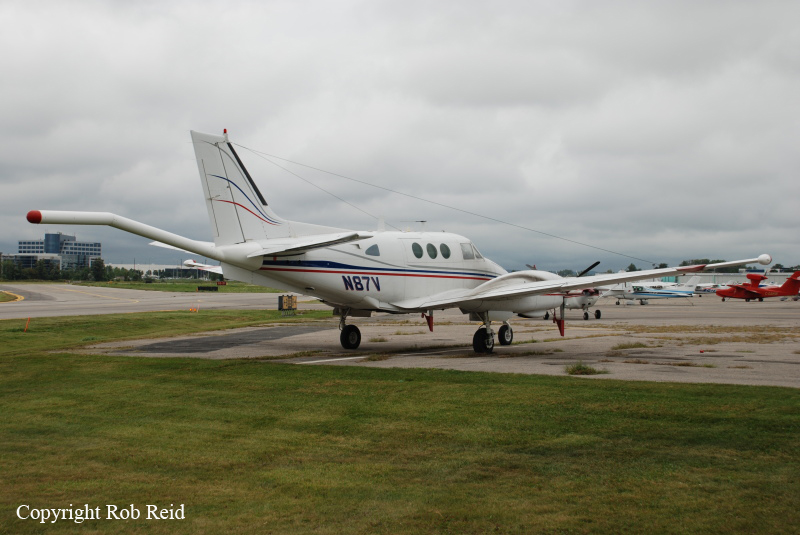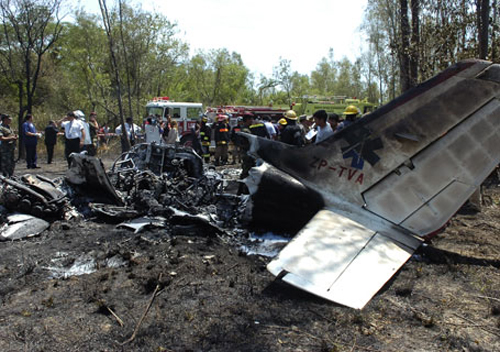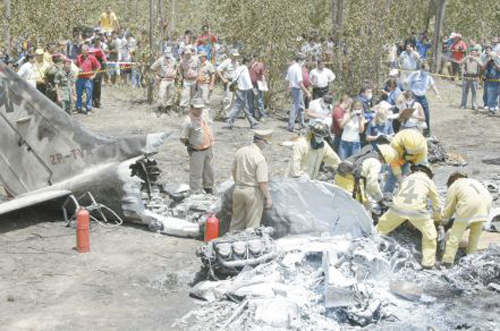Ground explosion of a Basler BT-67 in Medellín
Date & Time:
Feb 18, 2009 at 1510 LT
Registration:
PNC-0211
Survivors:
Yes
Schedule:
Medellín – Quibdó
MSN:
25667
YOM:
1944
Crew on board:
2
Crew fatalities:
Pax on board:
25
Pax fatalities:
Other fatalities:
Total fatalities:
0
Circumstances:
Parked on the apron at Medellín-Enrique Olaya Herrera Airport, the aircraft was prepared for a flight to Quibdó with two pilots and 25 policemen from the Escuadrón Móvil Antidisturbios (ESMAD). While the people were boarding the airplane, an explosion occurred. The aircraft was destroyed but there was no serious injuries among the 27 people. It is believed that the explosion was caused by the inadvertent detonation of a grenade used by one of the policemen.

